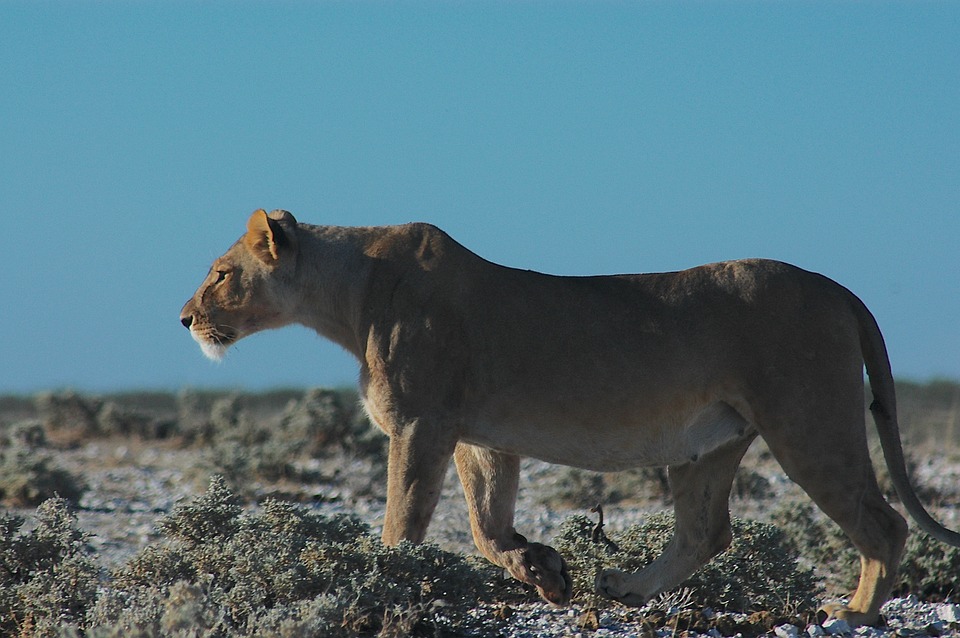How Are Penguins Affected by Climate Change?
Penguins, particularly those inhabiting the Antarctic and sub-Antarctic regions, are iconic cold-adapted species. However, climate change poses significant threats to their survival through rising temperatures, melting sea ice, and altered ecosystems. This overview highlights the various ways in which climate change is impacting penguin populations.
1. Loss of Sea Ice Habitat
A. Impact on Breeding Grounds
Many penguin species, especially Emperor Penguins, depend on stable sea ice for breeding and nurturing their chicks. The melting of sea ice reduces available breeding space, forcing penguins to crowd into smaller areas or relocate entirely. This disruption can lead to decreased reproductive success as overcrowding increases competition for limited resources[2][3].
B. Disruption of Foraging Habitats
Sea ice is crucial for the marine ecosystem that supports penguin populations, as it influences the abundance of krill and fish—primary food sources for these birds. As sea ice melts, penguins face challenges accessing food, resulting in longer foraging trips and higher chick mortality rates due to malnutrition[4][6].
2. Changes in Food Availability
A. Decline in Krill Populations
Krill thrive in cold waters under sea ice, where they feed on algae. With rising ocean temperatures and diminishing sea ice, krill populations are declining, which directly impacts penguins’ food supply. The loss of krill not only threatens penguins but also disrupts the entire Antarctic food web[2][6].
B. Competition for Food
As fish distribution changes due to warming oceans, penguins encounter increased competition from other predators like fur seals and commercial fisheries. This reduction in available food forces penguins to expend more energy seeking sustenance for themselves and their chicks, leading to malnutrition and lower survival rates[1][3].
3. Impact of Extreme Weather Events
A. Increased Rain and Snowfall
Climate change has resulted in more extreme weather patterns, including increased rainfall and snowfall in breeding areas. Such conditions can flood nests or leave chicks vulnerable to hypothermia since they lack waterproof feathers during early life stages[1][4].
B. Heat Stress and Temperature Increases
Even slight increases in temperature can cause heat stress among cold-adapted species like Emperor and Adélie penguins. This stress affects their health and reproductive capabilities, further threatening their populations[3][5].
4. Geographic Shifts and Population Declines
A. Shifts in Penguin Colonies
As their habitats change due to climate impacts, some penguin species are migrating further south in search of suitable breeding and foraging grounds. For instance, Adélie penguins have been observed moving closer to the Antarctic Circle, resulting in smaller, less genetically diverse populations[2][6].
B. Decline in Population Numbers
Research indicates significant declines in certain penguin populations over recent decades. For example, Emperor and Adélie penguins have experienced notable decreases attributed to habitat loss, food scarcity, and increased mortality rates—some populations are at risk of extinction if current trends continue[4][6].
5. Conservation Efforts and Future Challenges
A. Protected Marine Areas
Establishing marine protected areas (MPAs) in the Southern Ocean is vital for conserving critical habitats and food sources for penguins. International efforts aim to mitigate the impacts of commercial fishing on these essential resources[2][6].
B. Climate Action and Global Warming Mitigation
To combat climate change effectively, reducing greenhouse gas emissions is crucial to slowing the loss of sea ice and protecting penguin habitats. Conservationists advocate for robust climate policies that can prevent further warming and its associated risks to penguin populations[3][4].
FAQs
– Why are Emperor penguins so vulnerable to climate change?
Emperor penguins rely heavily on stable sea ice for breeding; its loss directly threatens their reproductive success.
– How does melting sea ice affect penguin food sources?
Melting sea ice reduces krill populations essential for penguin diets while increasing competition for food.
– Can penguins adapt to warming temperatures?
Penguins struggle to adapt quickly enough to rapid environmental changes caused by climate change.
– What is being done to protect penguin habitats?
Initiatives include establishing MPAs and advocating for global climate action.
– Are all penguin species equally affected by climate change?
While many species face threats from climate change, some like Emperor and Adélie penguins are particularly vulnerable due to their reliance on stable sea ice.
Conclusion
Climate change significantly affects penguins through habitat loss, food scarcity, and extreme weather events. Urgent conservation measures and global climate action are essential to protect these vulnerable species and their fragile ecosystems from further degradation.

Kyle Whyte is a notable scholar and professor at the University of Michigan, holding positions such as the George Willis Pack Professor in the School for Environment and Sustainability and Professor of Philosophy. Specializing in environmental justice, his work critically examines climate policy and Indigenous peoples’ ethics, emphasizing the nexus between cooperative scientific endeavors and Indigenous justice. As an enrolled Citizen Potawatomi Nation member, he brings a vital perspective to his roles as a U.S. Science Envoy and member of the White House Environmental Justice Advisory Council. His influential research is supported by various prestigious organizations including the National Science Foundation, and disseminated through publications in high-impact journals. Kyle actively contributes to global Indigenous research methodologies and education, with affiliations to numerous institutes and societies dedicated to traditional knowledge and sustainability. Recognized for his academic and community engagement, Kyle has earned multiple awards and served in various visiting professorships. His efforts extend to leadership positions on boards and committees focused on environmental justice nationwide.
